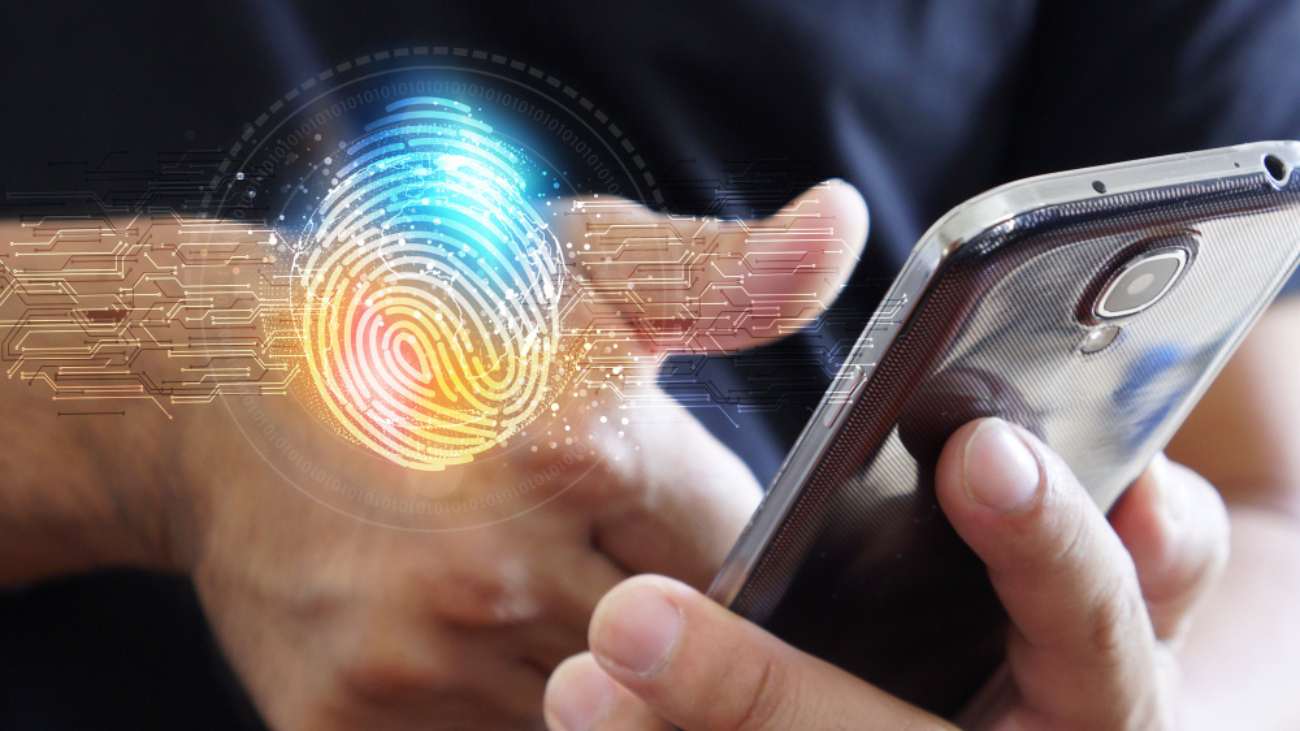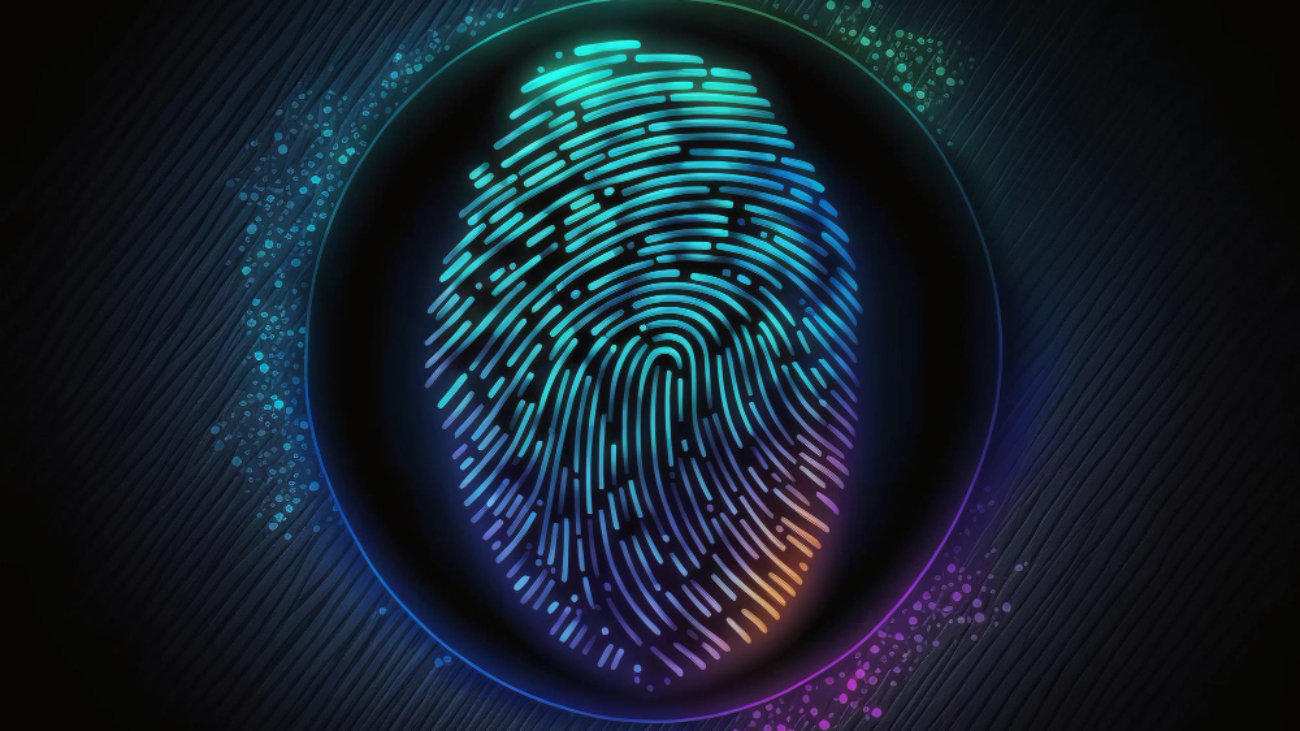Fingerprint sensors are almost everywhere – every security portal is using this technology. The reason of their popularity is its matching accuracy and the low-error rate. Bahaa Abdul Hadi pointed out another reason for the liking is that fingerprint sensors have achieved the fine balance of convenience and security. All these benefits have also raised some concerns on the true accuracy of fingerprint sensors.
What about accuracy?
The accuracy of this technology is based upon many factors – but so far, it has been quite seamless. The rate of false positives (i.e., the event of wrongful access due to an incorrect match) is almost zero. The upcoming feature of live scanning further aims to safeguard any chance of false positive. However, there are possibilities of false negative (i.e., the failure to identify a user due to an error).
There are many reasons behind a false negative – from improper scanning to external errors. A major factor is the human error – different skin conditions like wet, greasy, injury etc can influence the scanner and show an error. A common solution to this human error is installing multiple fingerprints on the device.
Device capability
Another factor at play is the device configuration and capability. The devices with a DPI (dots per inch) range of 500 are considered optimal for fingerprint biometric recognition systems. So, most of the software also scans the device for compatible hardware and accordingly sets up the profile. Maintaining a stringent quality check of hardware is essential to achieve high levels of accuracy. Like the hardware, the software is pivotal here. Many sensors make use of fingerprint enhancement algorithms to make the process seamless for users.
Spoofing
An attack on the accuracy of sensors is spoofing. A circumvention method – spoofing uses a replica like a dummy finger or a mask to bypass the security. For access, the replica must be exactly same to the original fingerprint. Current technology, especially live scanning, is targeting spoofing and reducing such instances. Similarly, using 3D models for bypassing the security of sensor is being targeted by updated software that detect human movement and body heat.
Conclusion
So, as the popularity of fingerprint sensors is increase, so is their accuracy. Now, it is not just a criminal identification method, rather it is a universal security gateway. Although there still are some possibilities of errors in the sensors, the upcoming technology is covering almost every pitfall. With live scanning and high-quality hardware, the accuracy of sensors becomes extremely high – making it quite an obvious and preferred choice for use.
Thank you for your interest in Bahaa Abdul Hadi blogs. For more information, please stay tuned to www.bahaaabdulhadi.com







